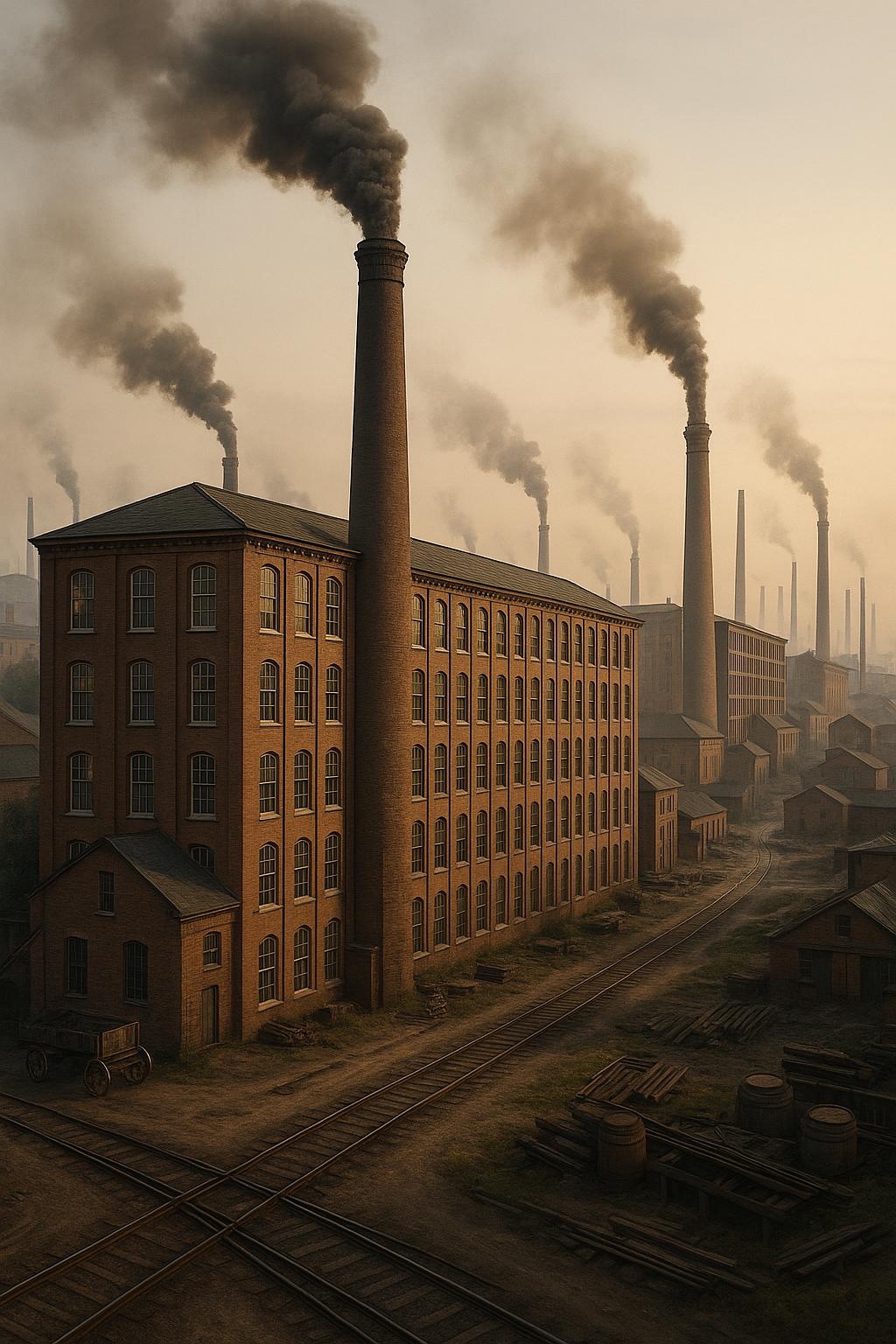The Role of Mills in Industrial Growth
Mills have played a pivotal role in the industrial landscape since the inception of the Industrial Revolution. This period marked a substantial shift from agrarian-based economies to thriving industrial centers, bringing profound changes to both social and economic frameworks. By delving into the contributions of mills to industrialization, one can discern the interplay of technological advancements, resource utilization, and the impact on labor dynamics.
Technological Advancements Driving Efficiency
The advent of mills heralded a new era in production by tapping into natural energy sources such as water and wind, which significantly boosted efficiency compared to conventional manual labor. Initially, watermills served a crucial function by mechanizing the labor-intensive task of grain grinding, a process previously powered solely by human effort. Over time, the advent of the steam engine marked a revolutionary shift, enabling mills to break free from reliance on natural energy sources. These innovations not only enhanced the reliability and productivity of mills but also laid the foundation for mass production—an essential component of industrial expansion.
Mechanization and its Broader Implications
The mechanization brought about by mills radically altered production processes across various industries. By replacing manual tasks with machine-driven operations, mills enhanced both the speed and volume of output. This transition was particularly evident in industries prone to labor-intensive processes, such as agriculture, where mills automated tasks like grain milling, reducing human effort and time. As a result, mechanization not only propelled the efficiency of production but also allowed industries to scale operations, meeting the growing demand for goods in domestic and international markets.
Resource Utilization and Economic Expansion
The strategic importance of mills is emphasized by their role in optimizing resource utilization. Whether in textiles or grain processing, the centralized production approach within mills led to reduced wastage and uniformity in products. This operational efficiency translated into economic growth by driving down production costs, thereby increasing goods’ accessibility and affordability. Financial investments in constructing and maintaining mills stimulated economic activities and spurred industrial growth by creating auxiliary industries and supporting services.
The Textile Industry as a Catalyst
Nowhere is the influence of mills more apparent than in the textile industry, particularly in regions such as Britain and the United States. During the 18th and 19th centuries, textile mills emerged as emblems of an industrial renaissance, focusing on weaving and spinning processes. The strategic consolidation within these mills dramatically slashed production costs and time. The proliferation of affordable, mass-produced textiles revolutionized fashion and trade, sowing the seeds for further industrialization and urban development. The textile mills thus acted as catalysts for economic transformation, aligning production with an evolving market demand and driving broader industrial trends.
Impact on Labor and Society
Mills significantly reshaped labor dynamics and societal constructs. The large-scale expansion of mill operations engendered an insatiable demand for a vast workforce, triggering mass migrations from rural locales to burgeoning urban areas as individuals sought employment opportunities. This mass migration fueled urbanization and shifted traditional family structures as more family members engaged in factory work. In parallel, the prominence of mills highlighted critical issues such as labor exploitation and substandard working conditions. These challenges served as a catalyst for the labor rights movement, shining a spotlight on the need for equitable labor practices and instilling the seed of change in labor laws and protections.
Transformation of Rural and Urban Landscapes
The emergence of mills significantly transformed both rural and urban landscapes. In pastoral settings, constructing mills frequently led to establishing new towns envisioned around these industrial nuclei. Conversely, within urban arenas, cities expanded to accommodate burgeoning populations, instigating infrastructure enhancements and the diversification of economic engagements. This urban expansion forged new pathways for commerce, industry, and trade, serving as the bedrock for modern urbanized societies.
Conclusion
The multifaceted role of mills in industrial expansion spans across technological, economic, and social dimensions. By substantially boosting production capacities, optimizing resources, and reshaping labor practices, mills have laid the groundwork for contemporary industrial economies. Despite the challenges accompanying their operations, such as labor exploitation and environmental concerns, the contribution of mills to industrial growth remains unequivocal. These establishments were instrumental in transforming societies and economies, paving the way for the continuous evolution of industrial technologies and setting the stage for ongoing advancements.
Read more on historical impacts of mills in specific regions
Explore the technological evolution sparked by mills
Understand the socio-economic dynamics driven by industrial mills
